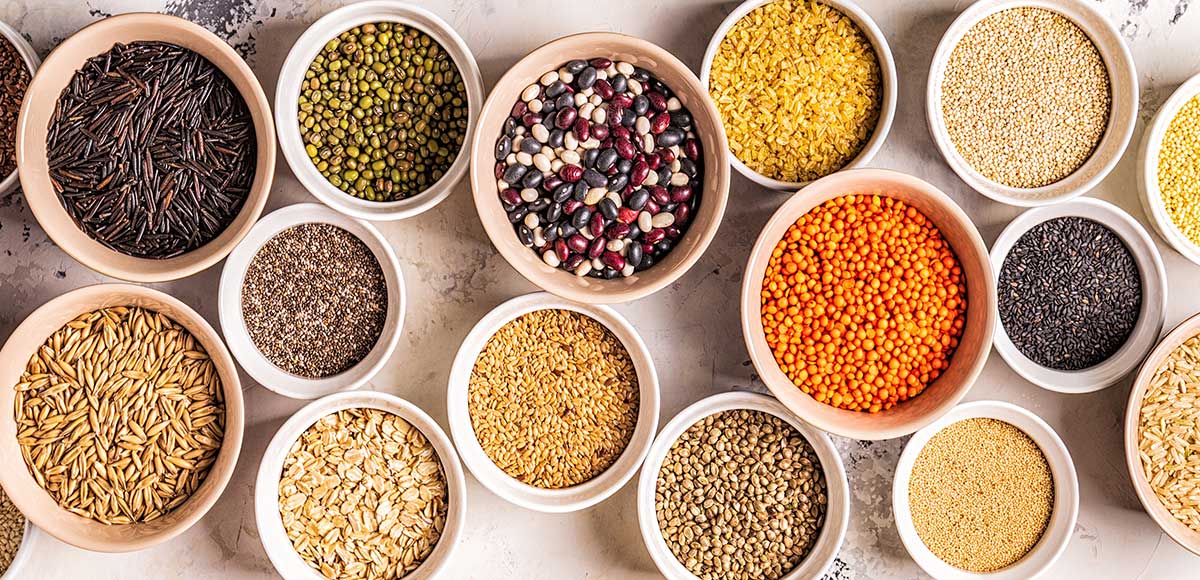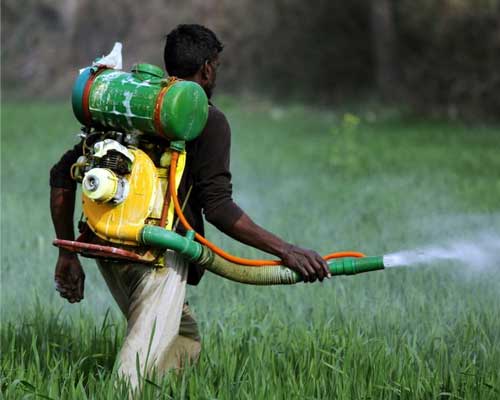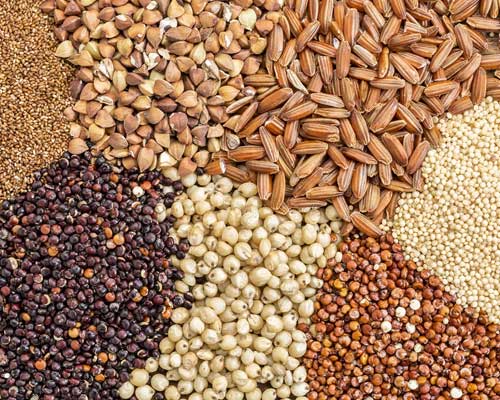
Agriculture Products
Agricultural products encompass a wide range of goods produced through farming and agricultural activities. These products are essential for human consumption, animal feed, industrial processes, and various other uses. Here's an overview of some common types of agricultural products:
1. Crops: Crops are plants cultivated for food, fiber, or other agricultural products. They include:
Food Crops: Such as grains (rice, wheat, maize), oilseeds (soybeans, sunflowers), fruits (apples, oranges), vegetables (potatoes, tomatoes), and spices (cumin, cardamom).
Cash Crops: Grown for sale and income generation, like coffee, cocoa, cotton, and sugarcane.
Industrial Crops: Including rubber, jute, and flax, used for manufacturing products like textiles, rope, and rubber goods.
2. Livestock: Animals raised for various purposes, including:
Dairy: Cows, goats, and buffaloes are raised for milk production.
Meat: Animals like cattle, poultry, pigs, and sheep are raised for meat.
Poultry: Chickens, turkeys, ducks, and geese are raised for meat and eggs.
Aquaculture: Fish and shrimp are cultivated for food.

3. Fertilizers: Chemical or organic substances added to soil or plants to enhance nutrient content and promote plant growth. Common fertilizers include nitrogen, phosphorus, and potassium compounds.
4. Pesticides: Chemicals used to control pests and diseases that can damage crops. Pesticides include insecticides, herbicides, and fungicides.
5. Seeds: Plant seeds, including crop seeds (e.g., corn, soybeans), vegetable seeds, fruit tree seeds, and flower seeds.
6. Agrochemicals: A broad category of agricultural chemicals, including fertilizers, pesticides, and herbicides, used to improve crop yields and quality.
7.Machinery and Equipment: Agricultural machinery such as tractors, plows, harvesters, and irrigation systems used in farming operations.
8. Animal Feed: Formulated products used to feed livestock, poultry, and aquaculture. Animal feed includes grains, forage, and specially formulated feeds.
9. Horticultural Products: Includes flowers, ornamental plants, and landscaping materials used in gardening and landscaping.
10. Agricultural By-products: Secondary products generated from agricultural processes, such as crop residues, straw, and husks, which can be used for various purposes, including animal bedding and bioenergy production.
11. Organic Products: Agriculture products grown without the use of synthetic chemicals or genetically modified organisms (GMOs). Organic products can include organic fruits, vegetables, grains, and livestock.
12. Specialty and Niche Products: Unique agricultural products often associated with specific regions or practices, such as organic honey, specialty cheeses, or heirloom vegetables.
13. Processed Foods: Agricultural products that have undergone processing, such as milling wheat into flour, canning fruits, or making dairy products like cheese and yogurt.

Agricultural products are a crucial part of the global economy, providing food security, raw materials for industries, and employment opportunities for millions of people worldwide. The agriculture sector is dynamic, with ongoing developments in technology, sustainability practices, and market trends influencing the production and distribution of these products.
